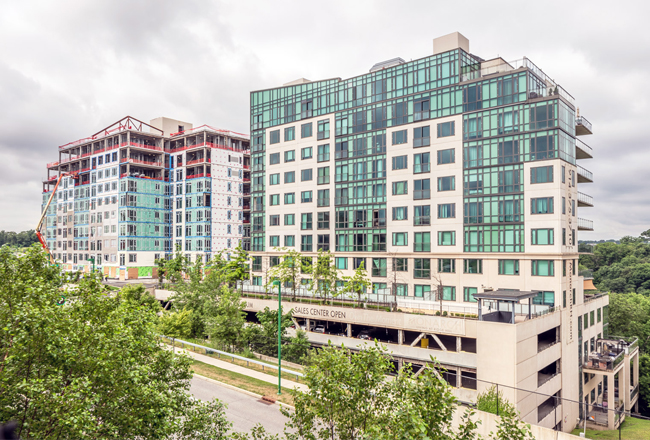A new report on employment released this morning shows numbers that  failed to come close to what some economists had been forecasting.
 Statistics from the U.S. Bureau of Labor Statistics (BLS) had been expected to show that employment in the U.S. rose by more than 1 million in April. Instead, the BLS report showed that nonfarm employment rose by only 266,000 in April — only about 25% of what had been forecast.
Statistics from the U.S. Bureau of Labor Statistics (BLS) had been expected to show that employment in the U.S. rose by more than 1 million in April. Instead, the BLS report showed that nonfarm employment rose by only 266,000 in April — only about 25% of what had been forecast.
The BLS report also showed that the U.S. unemployment rate had barely budged and stood at 6.1%.
The BLS said that job gains in hospitality, other services, and local government education were partially offset by employment declines in temporary help services and in couriers and messengers.
The BLS report showed that the unemployment rates for adult men was 6.1%, adult women 5.6%, and teenagers 12.3%. When broken down by race, unemployment stood at 5.3% for Whites, 9.7% for Blacks, 5.7% for Asians and 7.9% for Hispanics.
The 266,000 increase in total nonfarm payroll employment in April followed increases of 770,000 in March and 536,000 in February. The April nonfarm employment level was down by 8.2 million, or 5.4%, from its pre-pandemic level in February 2020.
There was upward pressure on wages in April, with average hourly earnings for all employees on private nonfarm payrolls increasing by 21 cents to $30.17. That reversed the decline of 4 cents in March.
Also in April, average hourly earnings for private-sector production and nonsupervisory employees rose by 20 cents to $25.45. BLS said that the data for April suggest a rising demand for labor associated with the recovery from the pandemic.
Although there was growth of 331,000 jobs in hospitality and leisure as those sectors reopened from the pandemic shutdown, job losses were felt in retail, which was down by 15,000 jobs; food and beverage outlets, which lost 49,000 jobs; nursing facilities, which lost 19,000 jobs; and manufacturing, which lost 18,000 jobs.
A report sent to the Business Journal yesterday by BLS said that costs to compensate private industry workers in the combined statistical area that includes Westchester and the Lower Hudson Valley — along with Fairfield, Litchfield and New Haven counties in Connecticut; Long Island; New York City, and parts of New Jersey and Pennsylvania –increased 2.9% in March.
Wages and salaries, the largest component of compensation costs, rose at a rate of 3.1%  for the 12-month period ended March 2021. The increase was somewhat higher than the compensation costs seen nationwide, which rose 2.8% with the wages and salaries segment rising 3.0% over the same period.






















